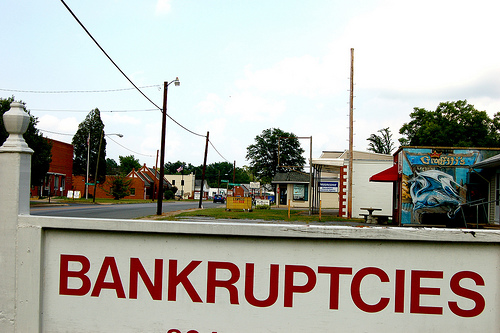Few things are scary for a homeowner than being strapped for cash and unable to pay the mortgage. Miss a payment, and your lender will be contacting you to get the money. If you decide to bury your head in the sand and simply ignore the problem for a few months, the next step will be for the lender to start the foreclosure process, especially in today’s rising real estate market where sale prices are climbing and banks can profit off of reselling your property.
Simply put, ignoring the problem isn’t a solution. Fortunately, you have options available when you can’t afford to pay your mortgage and you’re buried in other debt. For instance, many banks do offer provisions for homeowners who find themselves in financial trouble, sometimes offering the option to skip a month’s payment to get back on track or to take a leave from your mortgage if you’ve had a change in your life’s circumstances (e.g. someone gets sick, you have a baby, etc.).
Another possible option some homeowners consider is filing for bankruptcy. Let’s make one thing clear off the top – filing for bankruptcy does not excuse you from paying your mortgage. If you file for bankruptcy, you still have to pay your mortgage or else you risk foreclosure. However, if you have other debts aside from your mortgage, bankruptcy may help you with those, thus clearing up cash for you to continue paying on your home throughout the process.
Every year, between 120,000 and 150,000 Canadians file for bankruptcy or a consumer proposal. It’s estimated that roughly one in six Canadians will go bankrupt at some point in their lives. That’s a staggeringly high number of individuals who are buried in debt and unable to repay it, but when you consider that the average Canadian’s debt level is 163.7% of their disposable income, it’s not all that surprising.


Bankruptcies by PROTaber Andrew Bain, on Flickr. This work is licensed under a Creative Commons Attribution 2.0 Generic License.
The good news is that bankruptcy isn’t the end of the line. Just because you file for bankruptcy doesn’t mean you’ll lose everything and be unable to get it back. Filing for bankruptcy doesn’t automatically mean you’ll lose your car, home, and other prized possessions. In fact, in many cases, you will be able to stay in your home when you file for bankruptcy.
Remember, the purpose of filing for bankruptcy is to give you a fresh financial start. When you file for bankruptcy, you’re entitled to keep a portion of certain “exempt assets.” One commonly exempt asset is your home. However, it’s not automatic that you’ll get to keep your house when you file for bankruptcy. It depends on your local province’s regulations and the amount of equity you have in your home.
So, if you haven’t built up a lot of equity in your home to benefit your creditors and debt collectors, there’s a good chance that they won’t try to take it from you since they don’t stand to benefit by doing so. However, you’ll need to work with your mortgage company to keep making payments in order to keep your house. Filing for bankruptcy could reduce your obligations to other debts, thus giving you the ability to keep paying your mortgage.
On the other hand, if you have equity in your home, you will be required to pay that amount of equity to your trustee before your bankruptcy ends if you want to keep your home. If you can’t pay that amount, you may need to file a consumer proposal instead of filing for bankruptcy. This is a legally binding contract you make with your creditors to pay back part of what you owe them. Each month, you make a single payment to your trustee who then divides that amount up and sends it to your creditors. Again, you’ll still be required to keep paying your mortgage during this time if you want to stay in your home as that is separate from your consumer proposal and bankruptcy proceedings.
In short, there are options for those who are buried in debt and struggling to pay their mortgages. The key is to be proactive and take steps to fix the problem before things get worse.
Brian P. Doyle is the President and co-founder of Doyle Salewski, Inc., a licensed trustees in bankruptcy.
